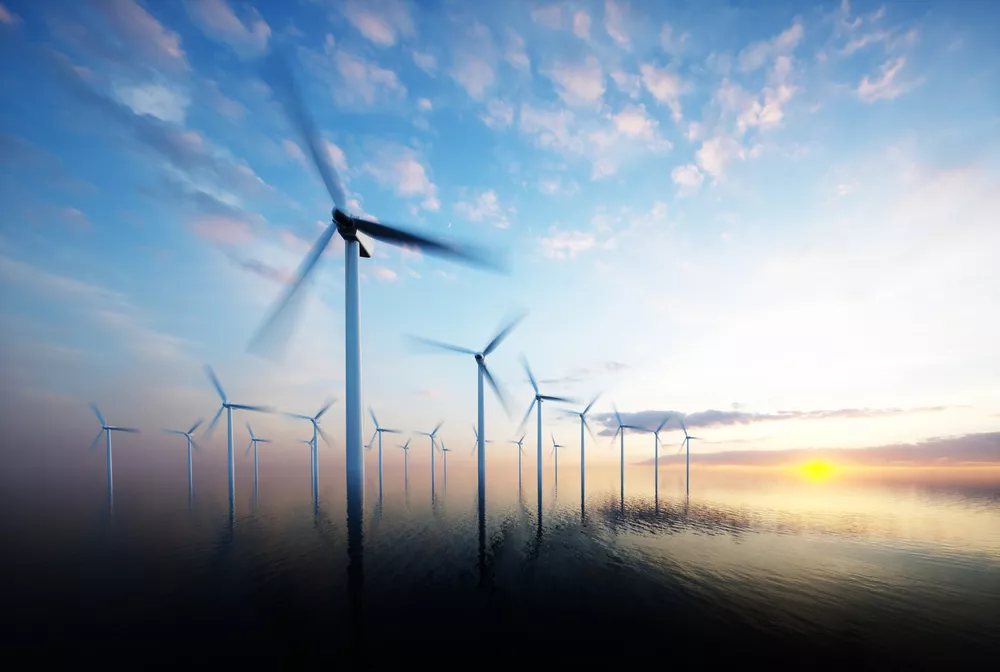Just recently Dutch news broadcaster NOS announced that electricity generated in the Netherlands originates increasingly from non-renewable energy sources as opposed to renewable energy sources. We are using more electricity produced by coal fired plants instead of less. For years if not decades, in the Netherlands, as part of larger pan-European discussions, we have focused on two things when it comes to meeting our energy needs in a sustainable manner: (i) a reduction of our dependency on Russian oil and gas and (ii) an increase of our renewable energy sources. Now how does the realization of these ambitions coincide with Dutch electricity consumption having become grayer instead of greener?
The answer is: it does not, but a change is about to come and it will be big. Apart from understandable concerns about (the consistency of) Dutch energy policy, there is some really good news. Next month, tenders will be invited for the development of two offshore wind parks near the coast of the province of Zeeland, with a total capacity of 700 MW. In five years, following additional tenders, no less than an additional capacity of 3,500 MW is expected to be awarded for the development of wind parks in designated areas, sufficient to supply 2.5 million Dutch households with power. Furthermore, as per 1 January 2016, stricter efficiency requirements will be imposed on coal fired plants.
Of course, we are still lagging behind compared to current and anticipated wind-generated electricity production developments in Germany and the UK, but there definitely is ground for optimism. We have learned our lessons from existing Dutch offshore wind parks, such as the Egmond aan Zee wind park (the first Dutch offshore wind park) and the Amalia wind park. It is expected that the tenders for the development of offshore wind parks in the Netherlands will mostly be responded to by consortia, consisting of for example an energy company, a financing party and a wind turbine producer, each bringing an indispensable part of the expertise to the table required for the efficient, i.e. successful, development of an offshore wind park. The costs and financial risks are lower compared to earlier projects as these will be shared amongst the members of the relevant consortium, which also contributes to the number of parties willing and able to participate in making it all happen. And last but not least; let us not forget that the Dutch offshore industry can benefit from many years of experience in the construction of offshore (drilling) platforms and the provision of services in relation to the erection and maintenance of offshore wind turbines.
The foremost success factors for the contemplated development of the significant additional wind-generated capacity of 3,500 MW seem to be present. We hope to be able to watch the successful execution of these Dutch ambitions in the coming years and will keep you posted.
For more information or other enquiries in relation to his blog, please contact Claudia Beele (claudia.beele@stek.com)
Follow Stek on Linkedin



